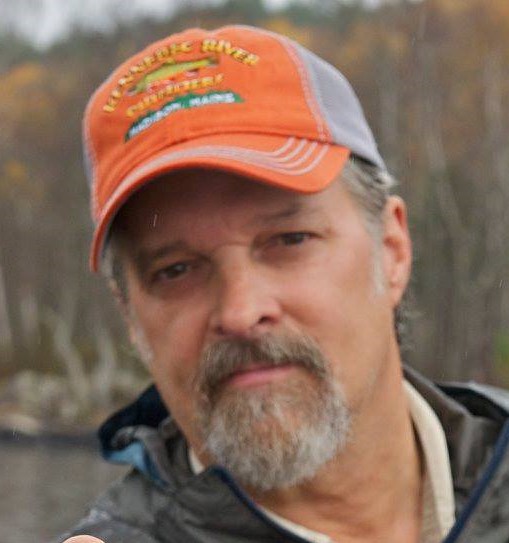
New book aims educate Maine anglers about troubled native fisheries
By Bob Mallard
While I cut my teeth on fly fishing writing, I now consider myself first and foremost a native fish conservation writer. So, why would I write a book about fly fishing, especially one that spotlights stocked and non-native fish? Because the book’s about Maine, home to numerous species and unique life history strategies of wild native fish.
Maine is home to the last Atlantic salmon in the nation, last wild native Arctic charr in the contiguous United States and the majority of wild native landlocked salmon in the country. It also features wild native brook trout, which have adapted independently to live in rivers, lakes, ponds and even as sea-run fish in tidal waters.

At this point in my life, I am far more concerned about fish than I am fishing. While the latter is not in trouble, the former is, at least with regard to wild native fish. The survival of several species of wild native fish found mostly in Maine are at risk. Others could become so if we are not careful.
While the sport of fishing, non-native fish and fish stocking have plenty of public support, efforts to protect wild native fish do not. When it comes to wild native fish, there is far more bad news than good news. I use the fishing platform to reach anglers with a message they might not otherwise hear. I call it “conservation by destination.”
In December I released my fifth book, “Fly Fishing Maine: Local Experts on the State’s Best Waters.” This follows “50 Best Places Fly Fishing the Northeast,” “25 Best Towns Fly Fishing for Trout,” “Squaretail: The Definitive Guide to Brook Trout and Where to Find Them,” and “Favorite Flies for Maine: 50 Essential Patterns from Local Experts.”
While all of my books have a conservation undertone, and the strongest conservation message I could include, they have been fishing books, not conservation books. This is because when you write a conservation book you are for the most part preaching to the choir, as the market is like-minded people.
Until we get anglers on board with regard to native fish conservation, we will continue to fall well short of what is needed to save them. In many cases, anglers are part of the problem. Anglers also have a lot of influence in regard to state fisheries management policy, and without our input, nothing will change.
In addition to fishing, “Fly Fishing Maine” covers history, biology and celebrity, as well as status, threats and conservation in regard to wild native fish. To best represent Maine, and appeal to the broadest audience possible, I recruited other sporting and conservation personalities to contribute chapters to the book.
Contributors include conservationists Emily Bastian (Native Fish Coalition), Andrew Goode (Atlantic Salmon Federation), Dwayne Shaw (Downeast Salmon Federation) and Lucas St. Clair (Elliotsville Foundation); Will Lund (The Maine Sportsman); V. Paul Reynolds (Northwoods Sporting Journal); authors Graydon Hilyard, Dennis LaBare, Bob Romano, Catherine Schmitt and Lou Zambello; several outdoor writers; and a couple of guides and shop owners.
The foreword was written by longtime ally, friend and mentor, the late George Smith. George also contributed a chapter on the East Outlet. And as a fitting and much deserved nod to what he meant to Maine’s outdoor sporting scene; the book is dedicated to George.
The book is published by Stackpole Books, a subsidiary of Rowan & Littlefield Publishing Group, arguably the largest publisher of fly fishing books in the country. This gives “Fly Fishing Maine,” a level of visibility, promotion and distribution not always available to state-level books.
The story of Maine’s wild native fish is still being written. “Fly Fishing Maine” is a beginning, not an end. Whether the story will have a happy or sad ending is yet to be determined, and very much up to us. We need to stop the bleeding and do everything we can to prevent non-native fish introductions, as nothing threatens our wild native fish more.
We also need to stop stocking over wild native fish as it creates competition for food and space, as well as predation. Non-native landlocked salmon are being stocked over wild native brook trout in a number of important large lakes, including Pierce Pond, Moosehead and several waters in Rangeley.
The current trend of liberalizing tackle and harvest regulations needs to stop, as when “opportunity” wins, the resource loses. While you can harvest your way into trouble, you can rarely harvest your way out of it. And when we degrade our fisheries, calls for stocking increase, and while I cannot prove it, I believe bucket biology does as well as anglers take matters into their own hands.
Saving what is left of Maine’s wild native fish will require a paradigm shift on the part of anglers, advocates and government agencies. I’d like “Fly Fishing Maine” to have a happy ending. For that to happen, folks will need to step up and challenge the status quo.